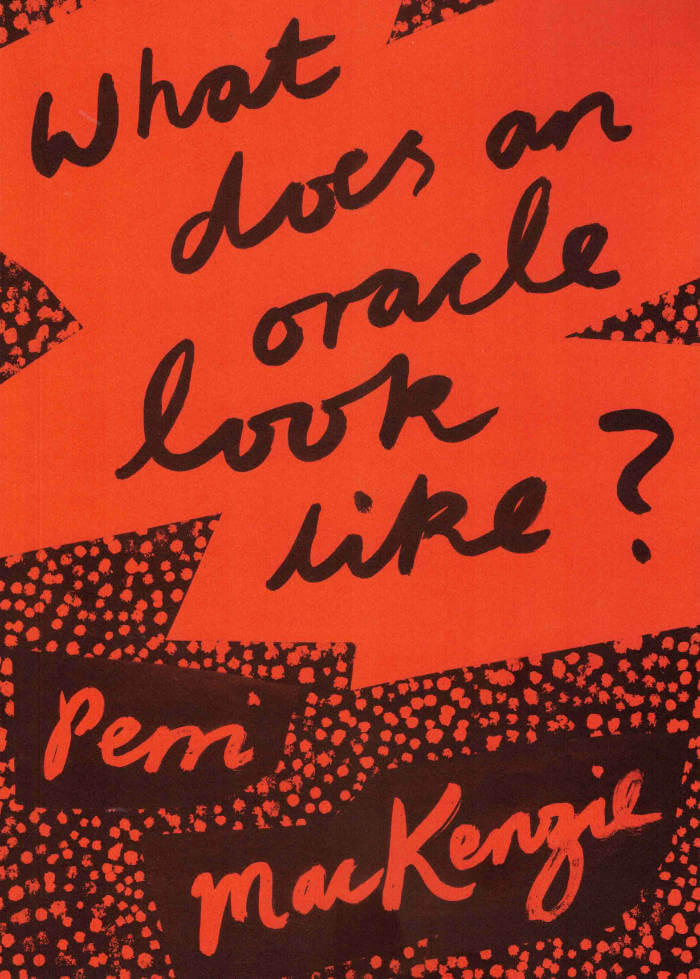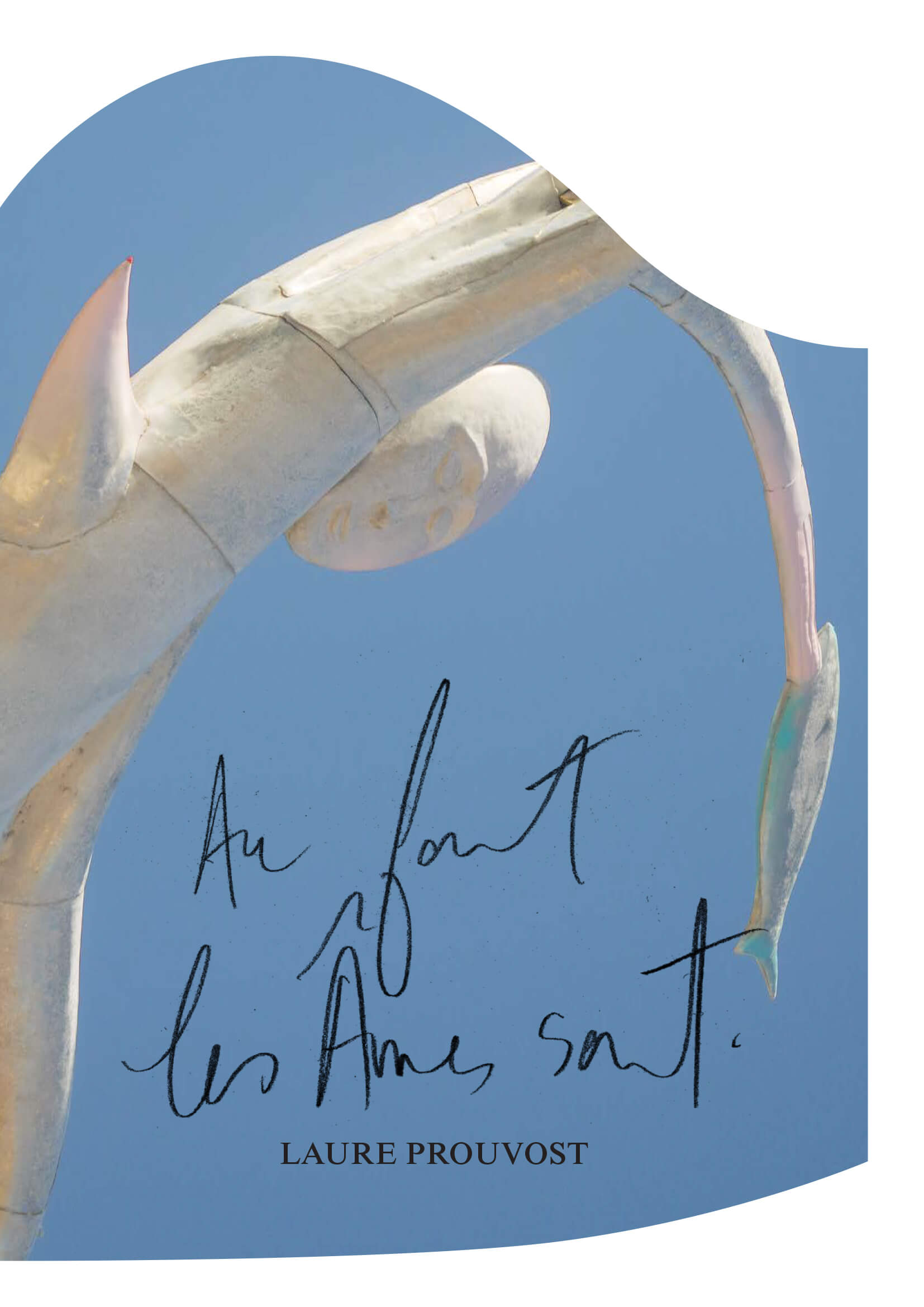
Tokyo Papers
‘Tokyo Papers’ comprises a collection of 41 monoprints created by Dutch graphic designer and typographer Karel Martens between 2019 and 2020. In 2018, Martens received a package from artist-curator Pierre Leguillon that contained filled-in Japanese forms which he had found at a street market in Tokyo. Martens was intrigued by the collection of thin paper with a rectangular black-blue layer of carbon on the back. In 2019 he started to print on these back sides, but because the overprinting on the carbon layer caused unwanted damage, he switched to printing them on the front sides as well. “The closing image is related to Tokyo in a different way,” he explains.
Language: English






